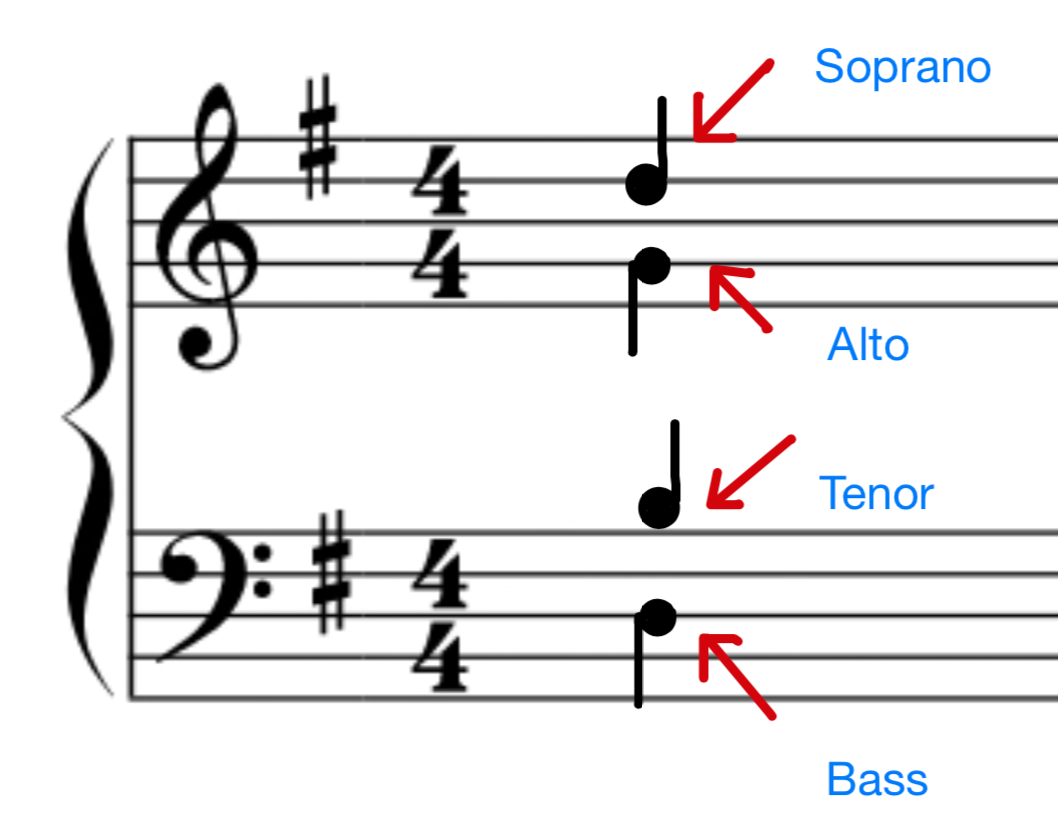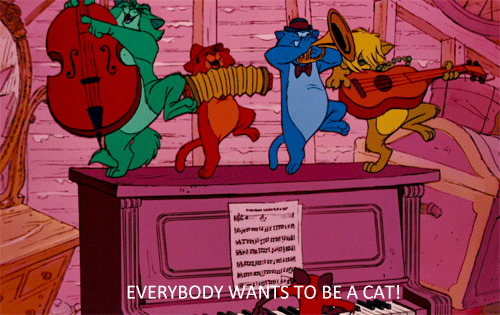<< Hide Menu
Mickey Hansen
Mickey Hansen
In music, a rhythmic pattern is a series of rhythms that are repeated in a specific order. These patterns can be created using a variety of techniques, such as the use of different time signatures, rhythms played on different instruments, or the use of syncopation. Rhythmic patterns are an important aspect of music and play a role in determining the feel and groove of a song. They can also be used to create a sense of unity and structure in a piece of music. Rhythmic patterns can be simple or complex, and can be used in a variety of musical styles. For example, a simple rhythmic pattern might consist of just a few basic rhythms played in a repeating pattern, while a more complex pattern might involve multiple rhythms played simultaneously on different instruments.
Here is an example of a simple rhythmic pattern:
Pattern: DUM DUM DUM DUM
This pattern consists of four quarter notes played in a repeating pattern. The "DUM"s represent the strong beats in the pattern. If we are are in 4/4 time, which DUM do you think will be the strongest? What about 2/4 time? This pattern has a steady, even feel to it and could be used in a variety of musical styles.
Here is an example of a more complex rhythmic pattern:
Pattern: DUM DUM-da DUM-da DUM-da DUM
In this pattern, the first and last beats are strong beats, while the second, third, and fourth beats are syncopated, or off-beat. The "-da"s represent eighth notes played on the off-beats. This pattern has a more playful, upbeat feel to it and could be used in a variety of fast-paced, energetic musical styles.
Do these examples help illustrate the concept of rhythmic patterns?
Once you become acquainted with reading music, you will start to recognize common rhythmical patterns and be able to sight-sing with rhythmical accuracy.
For example, dotted rhythms are quite common:

Listen to an example of dotted rhythm!
Or these dotted rhythms in a triple compound meter:

Listen to this example of dotted rhythms for a triple compound!
When you start studying longer pieces of music, you may come across rhythmic motifs. A rhythmic motif is a short, repeating pattern of rhythms that forms the basis of a musical composition. It is similar to a melodic motif, which is a short, repeating pattern of pitches. A rhythmic motif can be as simple as a single rhythm repeated several times, or it can be more complex, involving multiple rhythms played simultaneously on different instruments.
Rhythmic motifs are often used to create a sense of unity and coherence in a piece of music. They can be used to establish a rhythmic foundation for the rest of the composition, and can be developed and varied throughout the piece to add interest and complexity. Rhythmic motifs can be found in a variety of musical styles, from classical to pop to electronic dance music.
Notating Rhythm
Part of the AP Music Theory test will require you to notate music on the staff.🎼 There are a few rules we ought to adhere to in order to make our notation visually pleasing (and correct!). More than anything, this is to help our brain 🧠 organize the music we see.
-
All single notes with a single stem starting on the third space of the staff and higher require their stem to be down. All notes starting on the second space or below require an upward stem. Any notes on the middle line can either be up or down.
-
When writing SATB (soprano, alto, tenor, and bass) parts, soprano and tenor note stems are always up, and alto and bass stems are always down, no matter where located on the staff.

- When notating rhythm, take care to beam the notes within one beat together. This helps the brain locate where each beat is, so the musician can keep a steady meter. Any notes, rests, ties, or beams that distort the beat structure is very difficult for a performer to read, and is considered wrong.

4. Noteheads are placed to the left of the stem when the stems are going up. Noteheads are placed to the right when the stems are going down. The noteheads should also have uniform length. Typically, we say that the length of a notehead is 4 and a half spaces.
- In musical styles such as jazz, rock, or country, the composition might require the performer to "swing" the 8th note divisions of a quarter note. This means that the offbeat note will be played a bit later than it normally would when played "straight".

🦜 Polly wants a progress tracker: What type of meter is a composition that is in 12/16 time? How about 2/4?
Rhythmic Styles Throughout History
Rhythmic styles in music have varied throughout history and across different cultures. Some examples of rhythmic styles from different time periods and cultures include:
- African drumming: African music often features complex and highly rhythmic patterns played on a variety of drums. These rhythms often have a strong sense of groove and are an important part of many African musical traditions.
- Indian classical music: Indian classical music features a variety of rhythmic patterns and time signatures, including odd time signatures such as 5/4 and 7/8. These rhythms are often played on a variety of percussion instruments, including the tabla and mridangam.
- In ancient Greek music, rhythms were typically based on the long and short syllables of the Greek language. These rhythms were often used in choral singing and were characterized by a strong sense of meter and regularity.
- Baroque music: Baroque music, which was popular in the 17th and 18th centuries, often featured intricate and ornate rhythmic patterns played on instruments such as the harpsichord and violin.
- Rock and roll: Rock and roll music, which emerged in the 1950s, is known for its driving, energetic rhythms played on electric guitars and drums.
- Electronic dance music: Electronic dance music, which has become popular in recent decades, often features complex, driving rhythms created using electronic drum machines and synthesizers.
In Western classical music, there has been significant evolution of rhythmic patterns. As mentioned above, In the Baroque period (1600-1750), rhythms were often ornate and complex, with frequent use of irregular meters and syncopation. Composers such as Bach and Handel often used complex rhythmic patterns to create intricate counterpoint and lively dance music.
During the Classical period (1750-1820), rhythms became simpler and more regular, with an emphasis on clarity and balance. Composers such as Mozart and Haydn often used simple, straightforward rhythms in their music, although they also incorporated some more intricate rhythms in their faster movements.
In the Romantic period (1820-1900), rhythms became more expressive and varied, with an emphasis on rubato, or the manipulation of tempo. Composers such as Beethoven and Tchaikovsky used a wide range of rhythmic techniques in their music, including syncopation, irregular meters, and flexible tempos.
Finally, in the 20th and 21st centuries, rhythms in classical music have continued to evolve and vary widely. Some composers, such as Stravinsky and Bartok, have used complex, irregular rhythms in their music, while others, such as Arvo Part and John Adams, have used more minimalist, repetitive rhythms.
Jazz is a musical style that is known for its use of complex, syncopated rhythms. Jazz originated in the Black communities of the southern United States in the late 19th and early 20th centuries. Jazz has roots in a variety of musical traditions, including blues, spirituals, and work songs, and it has evolved over time to incorporate elements of many different styles of music. Jazz rhythms are characterized by their flexibility and freedom. Jazz musicians often improvise and play with the rhythms of a tune, altering the feel and groove of the music in real time.
One of the key rhythmic elements of jazz is the swing feel, which is a swinging, shuffling rhythm created by the alternation of long and short notes. When paired with syncopated rhythms, this feel is often achieved by placing the emphasis on the "upbeats" or the spaces between the beats, rather than on the downbeats.
Another important element of jazz rhythms is the use of polyrhythms, or the simultaneous use of multiple rhythms. Jazz musicians often superimpose different rhythms on top of each other, creating intricate and complex patterns.
The early history of jazz is closely tied to the history of Black Americans in the United States. Jazz emerged at a time when Black Americans were facing significant social and political oppression, including segregation and discrimination. Many jazz musicians used their music as a way to express their experiences and as a means of resistance against these injustices.
Jazz music quickly gained popularity, and it spread from its origins in the southern United States to other parts of the country and the world. In the 1920s and 1930s, jazz became an important part of popular culture, and it was embraced by both white and Black audiences. During this time, jazz musicians such as Louis Armstrong and Duke Ellington became household names, and they helped to establish jazz as a major genre of music.
Since its inception, jazz has continued to evolve and change, and it has inspired countless other musical styles and genres. Today, jazz is widely recognized as an important and influential art form, and it continues to be an important part of the cultural fabric of the United States and many other countries around the world.

© 2025 Fiveable Inc. All rights reserved.